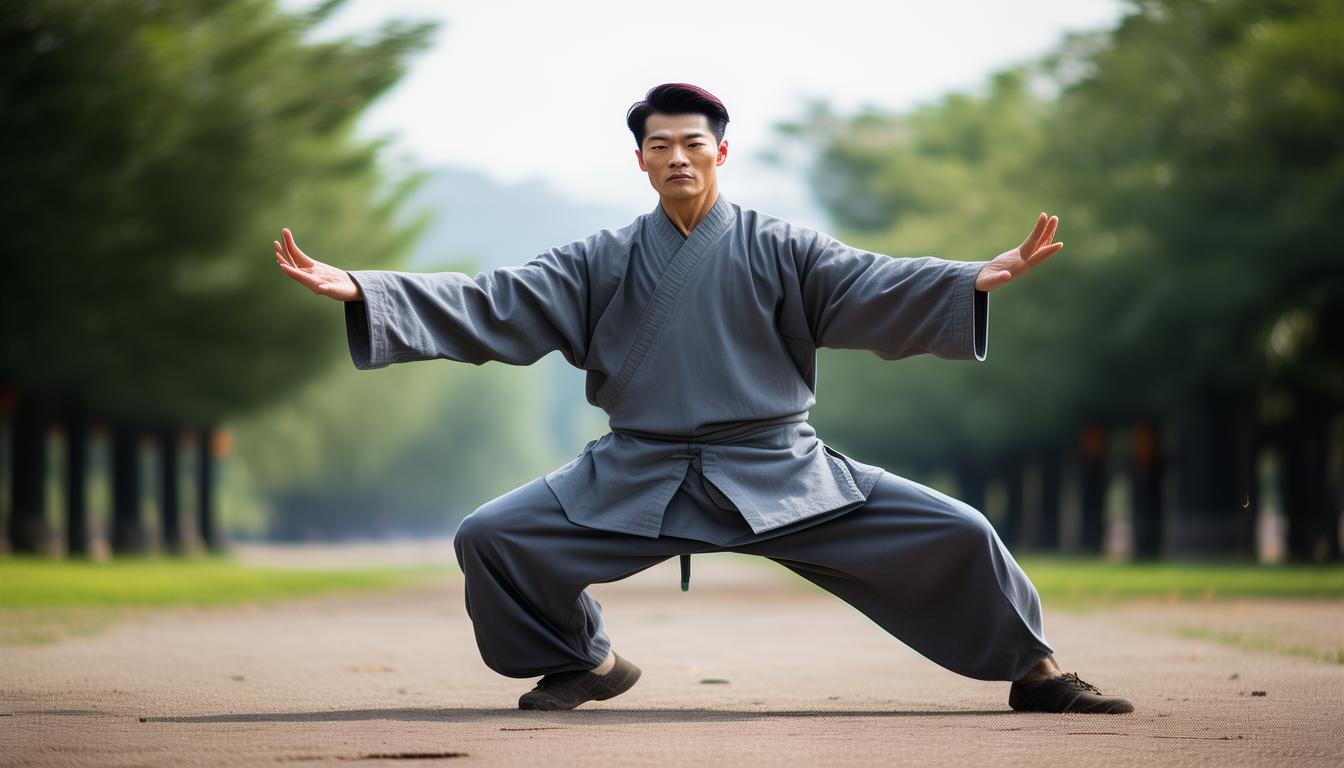Tai chi Tai Chi Courses Online , often seen as a gentle form of exercise, actually holds remarkable defense capabilities. It combines slow – paced movements with powerful internal energy, making it a unique self – defense art. Let's explore its defendable aspects in detail.
Core Principles
Tai chi's core principles for defense are based on the concepts of Yin and Yang, balance, and fluidity. When attacked, a practicer doesn't meet force with force. Instead, they use circular movements to redirect the attacker's energy. For example, when an opponent throws a punch, the tai chi fighter might gently step aside and guide the punch's momentum away. This not only neutralizes the attack but also gives the defender an opportunity to counter – attack.
Body Structure and Balance

In tai chi defense ,proper body structure is cruel. The body should be well – aligned tai chi defense , with the feet firmly rooted to the ground. This stable base allows the practicer to make quick and precise movements. When an attacker tries to push or pull,maintaining balance helps the tai chi player resist any attempt to be off – balanced. Moreover Tai Chi For Diabetes , a good body structure enables efficient energy transfer for offensive and defending moves.
Sensitivity and Response
Tai chi emphasizes sensitivity to an opponent's movements. Through constant practice, a player becomes very aware of the slightest changes in the other person's energy. For instance, during a grabbing attempt, the tai chi fighter can sense the pressure and respond immediately. They might loosen the grabbed area and use a circular motion to break free, and then turn the situation around to gain the upper hand.
Striking Techniques

Although tai chi doesn't rely on brute force, its striking techniques are quite effective. The strikes are usually delivered in a calm and controlled manner. Instead of wild swings, the practicer uses circular and spiral motions to generate power. A strike could target vital points on the body, such as the eyes, throat, or solar plexus. Each strike is aimed with precision, maximizing the impact.
Training and Adaptability
Training in tai chi defense involves a lot of solo practice, partner drills, and sparring. Solo forms help in perfecting the movements and understanding energy flow. Partner drills improve sensitivity and response. Sparring prepares the practicer for real – life situations. Tai chi players also need to be adaptable. In a fight, no two opponents are the same. They have to adjust their techniques according to the opponent's style and strength.
Do you think tai chi can be an effective form of self – defense in today's fast – paced world? If you find this article useful, don't forget to like and share it!



Leave a Reply